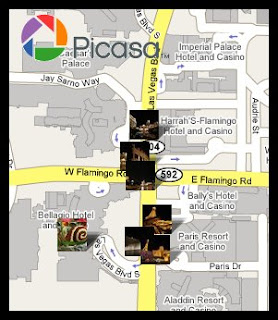Trivia night destroyer – wikipedia on the go
In 1951, or so the story goes, the Guinness book of records was conceived when Sir Hugh Beaver realised that there was no reference book available to answer the question which is the fastest game bird in Europe, the golden plover or the grouse?
Nowadays the Guinness book of records has been superseded by wikipedia and the answer to all question current and arcane, “TO THE WIKIPEDIA!” is a cry heard all to often when a polite conversation degrades in to a slagging match. For the record glass is not a very slowly moving liquid and you can’t see the Coriolis effect in a toilet bowl flush (also dropping sugar into a draining sink does not help determine rotation).
However till now to answer a questions of this type required a computer and an internet link. Which meant that in the rarefied environment of Pub Trivia it has thus far been limited to what was been carried around solely in the competitors heads. This is slowly been eroded away, first mobile phones arrived, so you could ring a friend near a computer to get and answer. Then phones became GPRS enabled allowing internet access which will work, but is expensive. These are slowly been replaced by wifi enabled phones, but then this is currently limited as there may be no access point available (the rule rather than the exception in my experience). Thus far, even though the technology exists and has for a while it is patchy, cumbersome or expensive.
So the solution is simple, instead of trying to get to wikipedia over expensive or patchy infrastructure, why not just bring it with you? An enterprising gentlemen, ttsiod, has written a program that allows him to access a local copy of wikipedia on his laptop. No matter where he goes in the world he always has access, albeit to a static version of the people encyclopedia.
Not many people know that you can download the entire contents of wikipedia, it’s current compressed size is 2.9 GB. After hacking around with few open tools ttsiod is able to browse and keyword search his local wikipedia. Admittedly his current implementation isn’t for the faint hearted. However, how long will it take to port to an even more portable device, like the iPhone (with 8 GB of space) or other smart phone, the N95 for example has a microSD slot and disks sizes already up into the 4GB space.
It will only be a matter of time before all that knowledge can be bubbled down and people will be able to carry the font of human knowledge in their pocket. At that point in time any office argument will be solved in seconds and all trivia night questions are a predictive text search away. Can you smell the future? Are you excited? Are you scared?
Update : Imagine no longer, 2 weeks later, the future is here.


